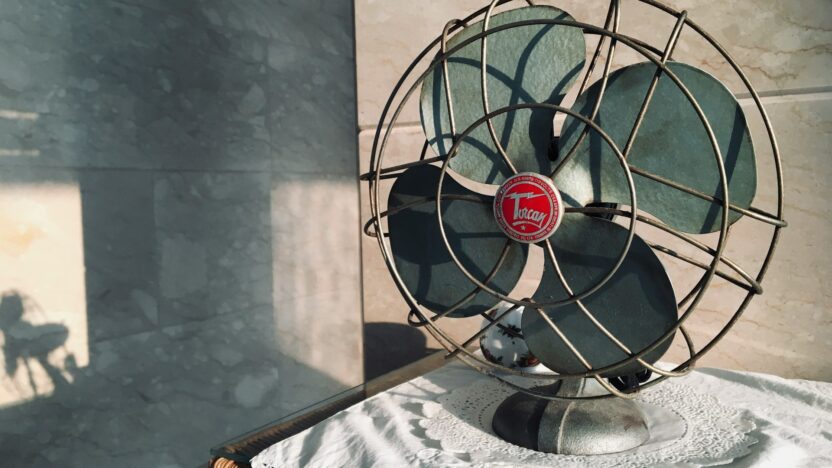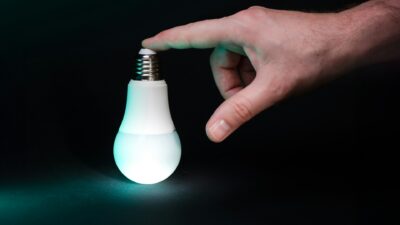Saving energy at home is a win for both your wallet and the planet. By making small, intentional changes, you can lower your utility bills and reduce your environmental impact. Energy-saving hacks don’t require expensive upgrades or major lifestyle shifts—just a few smart habits can make a big difference. This article shares practical, eco-friendly tips to help you cut energy use while keeping your home comfortable. For more sustainable living ideas, visit For Organic Life.
Why Energy-Saving Matters
Reducing energy use at home lowers greenhouse gas emissions, helping combat climate change. It also cuts your electricity and gas bills, freeing up money for other priorities. Many energy-saving habits are simple to adopt and require little effort. By focusing on efficiency, you create a more sustainable home without sacrificing comfort. These tips are designed to be accessible, affordable, and effective for anyone looking to live greener.
Optimizing Thermostat Settings
Your thermostat plays a big role in your home’s energy use. Adjusting it thoughtfully can save significant energy. In winter, set your thermostat to 68°F (20°C) when you’re home and lower it by 7–10°F when you’re asleep or away. In summer, aim for 78°F (26°C) when you’re home and higher when you’re out. Each degree you adjust can save up to 3% on your heating or cooling costs.
Consider a programmable or smart thermostat to automate these changes. Smart thermostats learn your schedule and adjust temperatures accordingly, ensuring efficiency without constant manual tweaks. If you’re using a manual thermostat, make it a habit to adjust it before leaving the house or going to bed. Small changes in temperature settings can lead to big energy savings over time.
Switching to Energy-Efficient Lighting
Lighting accounts for about 10% of a home’s energy use, but switching to LED bulbs can cut this significantly. LEDs use up to 80% less energy than traditional incandescent bulbs and last 10–25 times longer. They’re available in various brightness levels and colors, making them suitable for every room.
Start by replacing bulbs in high-use areas, like the kitchen or living room. Choose LEDs with the Energy Star label for guaranteed efficiency. Dimmer switches can further reduce energy use by letting you adjust light levels based on need. For outdoor lighting, install motion-sensor or solar-powered lights to save energy and enhance security.
To maximize savings, turn off lights when not in use. Encourage household members to adopt this habit, especially in rooms like bathrooms or hallways. Energy-efficient lighting is a simple, cost-effective way to make your home greener.
Insulating Windows and Doors
Heat loss through windows and doors can waste a lot of energy. Proper insulation keeps your home comfortable and reduces the need for constant heating or cooling. Start by checking for drafts around windows and doors. Hold a lit candle near the edges; if the flame flickers, you’ve found a leak.
Seal drafts with weatherstripping or caulk, which are affordable and easy to apply. For windows, add thermal curtains or blinds to trap heat in winter and block it in summer. Window film is another low-cost option that insulates without blocking light. For older windows, consider adding storm windows for extra protection.
Doors can be insulated with draft stoppers or door sweeps to block air leaks at the bottom. These small upgrades make a big difference in maintaining a consistent indoor temperature, reducing your energy bills, and keeping your home eco-friendly.
Unplugging Electronics to Avoid Phantom Energy
Many electronics, like chargers, TVs, and gaming consoles, use energy even when turned off. This “phantom” or standby power can account for 5–10% of your electricity bill. To eliminate it, unplug devices when not in use or use a power strip to cut power to multiple devices at once.
Focus on high-energy culprits, like computers, coffee makers, and microwaves. For example, unplug your coffee maker after brewing or use a power strip to turn off your entertainment system at night. Smart power strips can automatically cut power to idle devices, making the process easier.
Check for energy-hungry appliances by reviewing their energy labels or using an energy monitor to track usage. By reducing phantom energy, you’ll lower your bills and contribute to a more sustainable home. For more eco-friendly tips, explore For Organic Life.
Creating an Energy-Saving Home Routine
A consistent routine is key to long-term energy savings. Start by auditing your home’s energy use. Walk through each room and note areas where energy might be wasted, like old appliances or drafty windows. Create a checklist of daily habits, such as turning off lights, adjusting the thermostat, or unplugging electronics.
Involve your household in the effort. Assign tasks, like checking for drafts or switching to LED bulbs, to share the responsibility. Set reminders to maintain habits, such as lowering the thermostat before bed. Track your energy bills to see the impact of your changes and stay motivated.
Incorporate energy-saving into your cleaning routine. Dust light fixtures and vents to improve efficiency, and clean refrigerator coils to help it run smoothly. A thoughtful routine ensures your home stays energy-efficient without extra effort.
Final Thoughts
Reducing energy use at home is easier than you think. By optimizing your thermostat, switching to LED lighting, insulating windows and doors, and unplugging electronics, you can save money and protect the environment. Start with one or two changes and build a routine that works for you. Your home will be more comfortable, your bills will shrink, and the planet will benefit from your eco-friendly choices.




